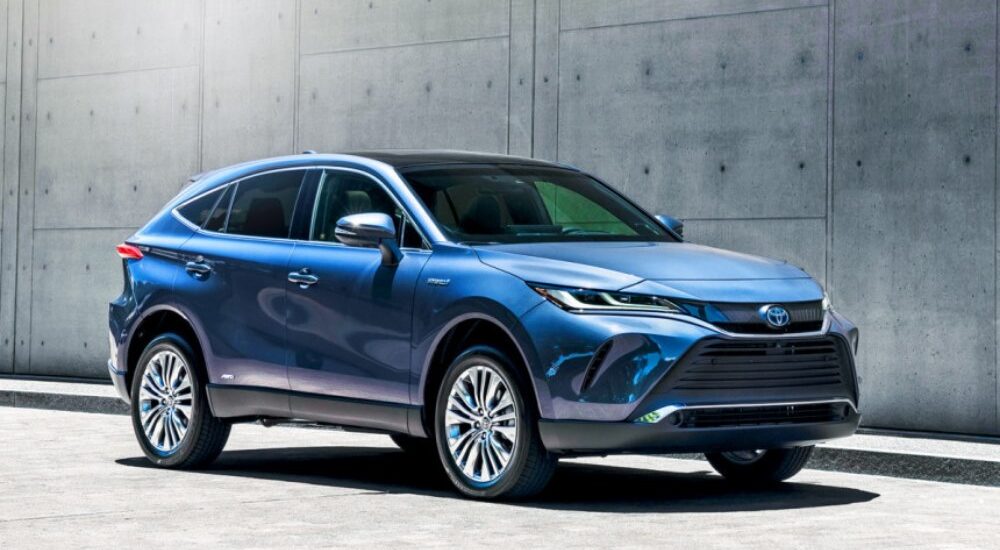Pourquoi la Toyota Venza ne parvient-elle pas à s’imposer en Amérique ? J’ai pris la voiture de la génération actuelle pour un court essai en Floride et il semble que j’ai trouvé le problème.
Le nom Venza provient de la fusion des mots “venture” (qui signifie “audace”) et “Monza”, une région italienne où se trouve un circuit de course automobile du même nom.
Cependant, cette audace n’a pas fonctionné. Après tout, la Toyota Venza de première génération était basée sur la plate-forme de la Camry de la série XV40 et a été introduite en 2008 comme une tentative de la division américaine de Toyota de combler le vide entre les crossovers RAV4 et Highlander. Le résultat était en quelque sorte un CatDog – pas tout à fait un break, mais pas encore un crossover. Au cours de sa première année complète de commercialisation, la Venza a trouvé 54 000 acheteurs, mais les ventes ont ensuite décliné. Un léger lifting en 2012 a légèrement relancé l’intérêt, mais trois ans plus tard, le constructeur a discrètement retiré la voiture du marché.
Comme le Ford Edge et le Honda Passport se vendaient plutôt bien, Toyota a décidé de donner une nouvelle chance à la Venza en 2020. Elle n’a pas développé de nouvelle voiture et ne l’a même pas produite en Amérique. Au lieu de cela, ils ont simplement importé le Harrier japonais aux États-Unis et l’ont rebaptisé.

Au fait, vous souvenez-vous que le Lexus RX était basé sur les deux premières générations du Toyota Harrier ? Toutefois, à partir de la troisième génération, le Harrier est devenu un modèle à part entière – et l’actuelle quatrième génération est la suite logique de la troisième. Bien que la nouvelle Venza porte le nom du Harrier original, elle n’a aucun lien de parenté “métallique” avec lui. En outre, elle est plus courte de 60 mm (4740 mm) mais plus haute de 50 mm (1660 mm). L’empattement est exactement le même que celui du RAV4, soit 2690 mm, contre 2775 mm pour l’ancien.
La Venza ne se veut pas un modèle phare, mais son esthétique est séduisante. La présence de l’emblème Toyota peut souvent faire oublier les imperfections d’assemblage. Par exemple, il y a des divergences dans l’alignement de la garniture chromée des vitres près des rétroviseurs latéraux. On note également l’inclusion d’une extension en plastique à l’avant, permettant de raccourcir le capot, ce qui rappelle les premiers modèles de VAZ-2108. En outre, les feux arrière présentent le design contemporain à bande unique, qui est facilement identifiable. Cependant, en raison des contraintes de conception, les clignotants n’ont pas pu y être intégrés et sont placés plus bas, à côté des antibrouillards, sous la forme d’une fine bande de LED, ce qui n’est pas la configuration la plus optimale.
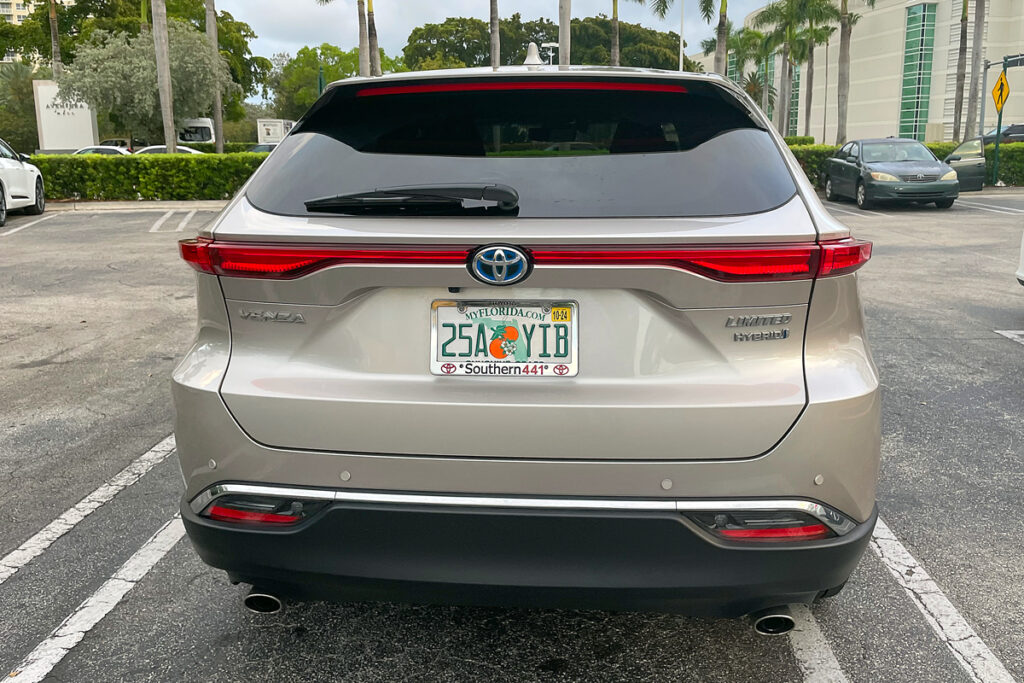
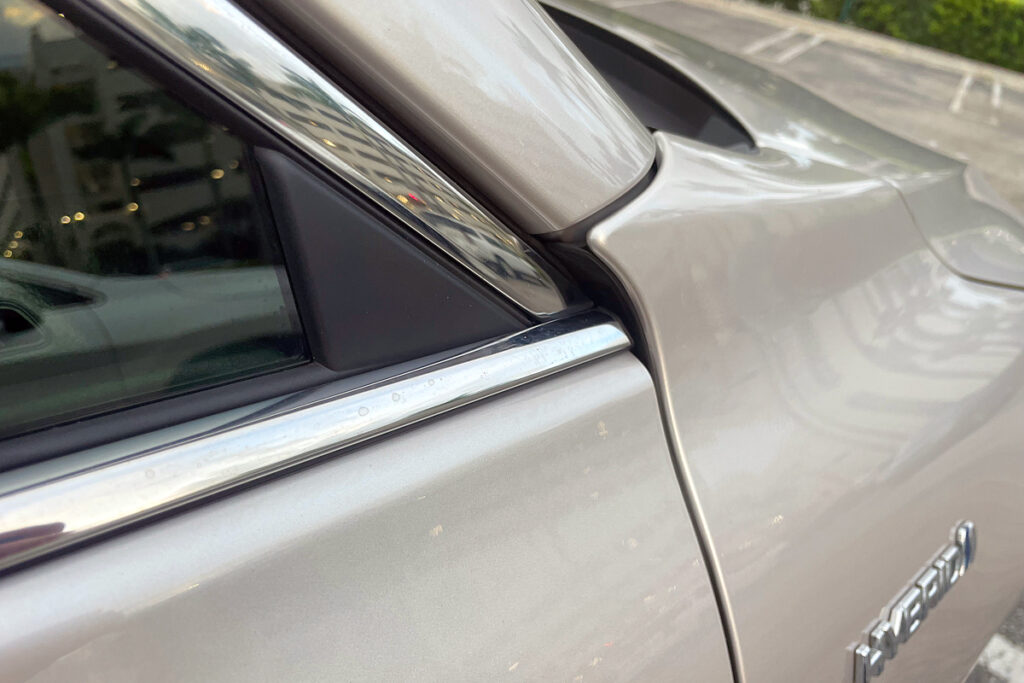
À l’intérieur, absolument tout ce qui se trouve au-dessus de la taille est recouvert de cuir synthétique, étroitement tendu sur une surface rigide, conformément à une longue tradition de Toyota. Il y a bien une garniture souple qui court sur toute la largeur du tableau de bord, mais elle ne fait que cinq centimètres de profondeur, et tout le reste est recouvert de plastique dur. Par conséquent, la perception de la qualité est quelque peu amoindrie. Imaginez un intérieur similaire dans une voiture chinoise : il susciterait probablement de vives critiques. Cependant, Toyota réussit à s’en tirer à bon compte, comme le dit le proverbe : “au moins, c’est fiable”.
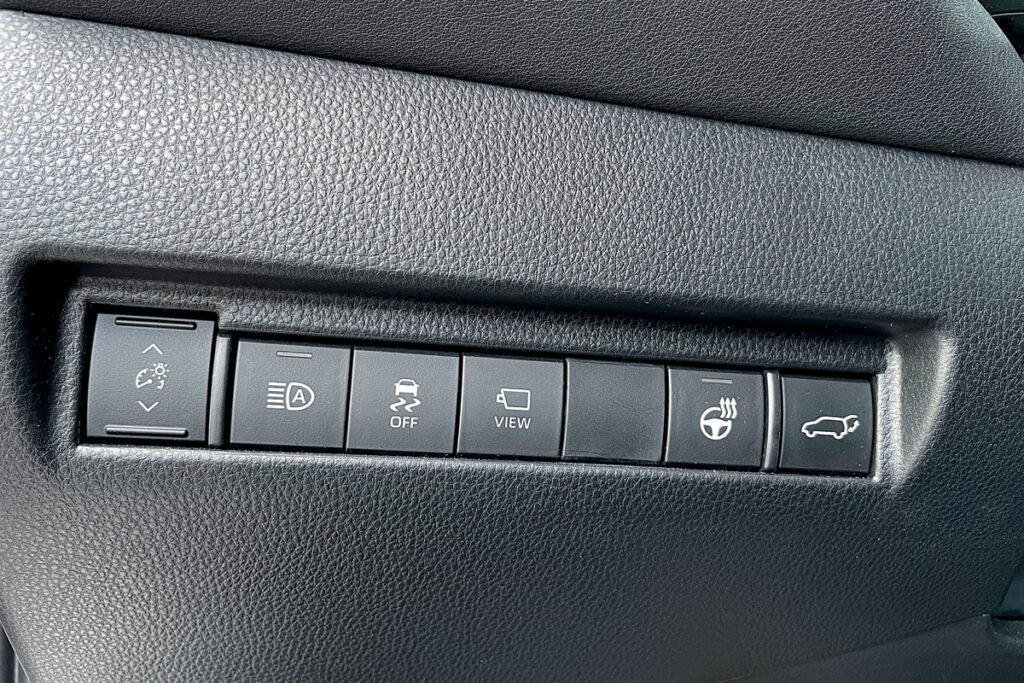
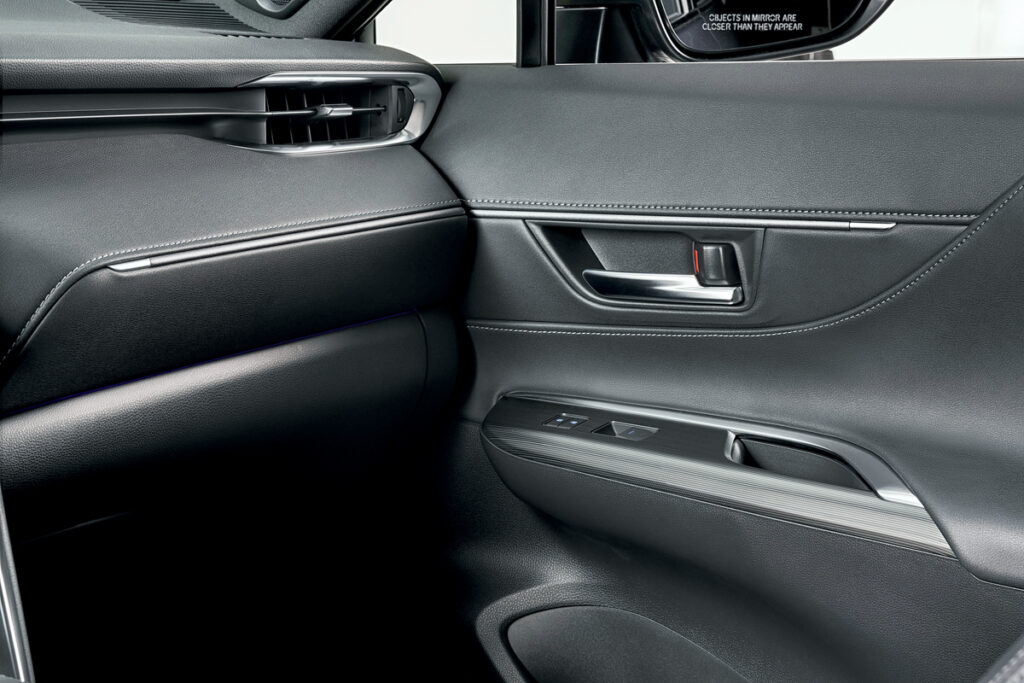
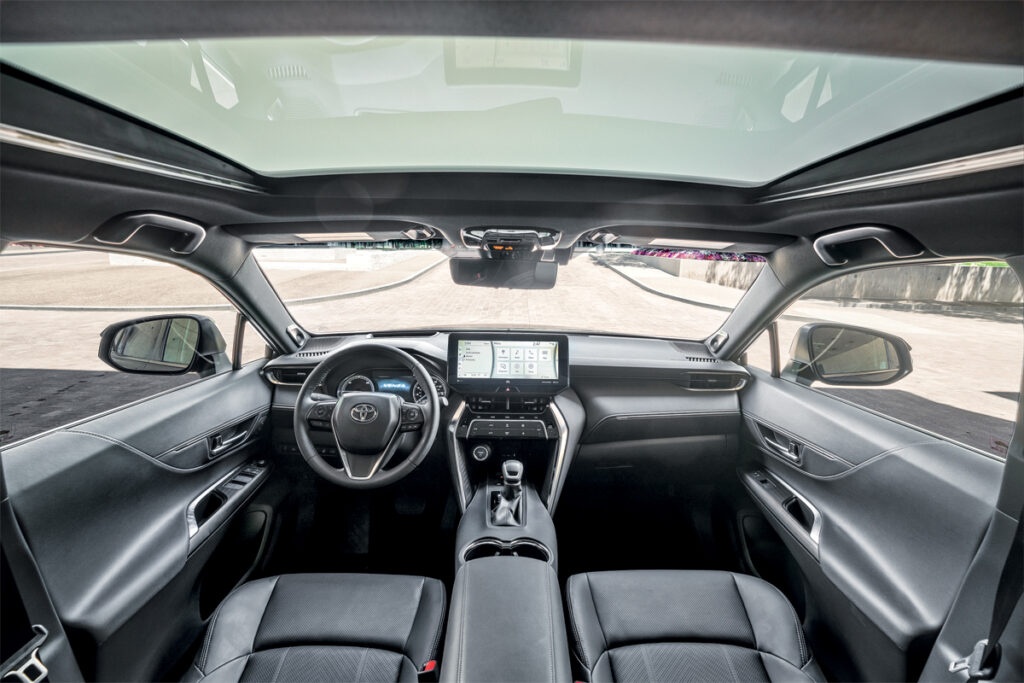
Le panneau de commande tactile de la climatisation est en plastique noir brillant, et je n’ai pas remarqué tout de suite l’affichage tête haute en option : le contraste est un peu faible. En outre, les informations qui y sont affichées ne sont pas vraiment essentielles.

Passons : la ventilation des sièges en option est appréciable, d’autant plus que l’été a déjà commencé dans la chaude Floride. Mais pourquoi les boutons étroits sont-ils placés à côté de la poignée d’ouverture de l’accoudoir et s’allument-ils en jaune et vert au lieu du bleu et du rouge habituels ?
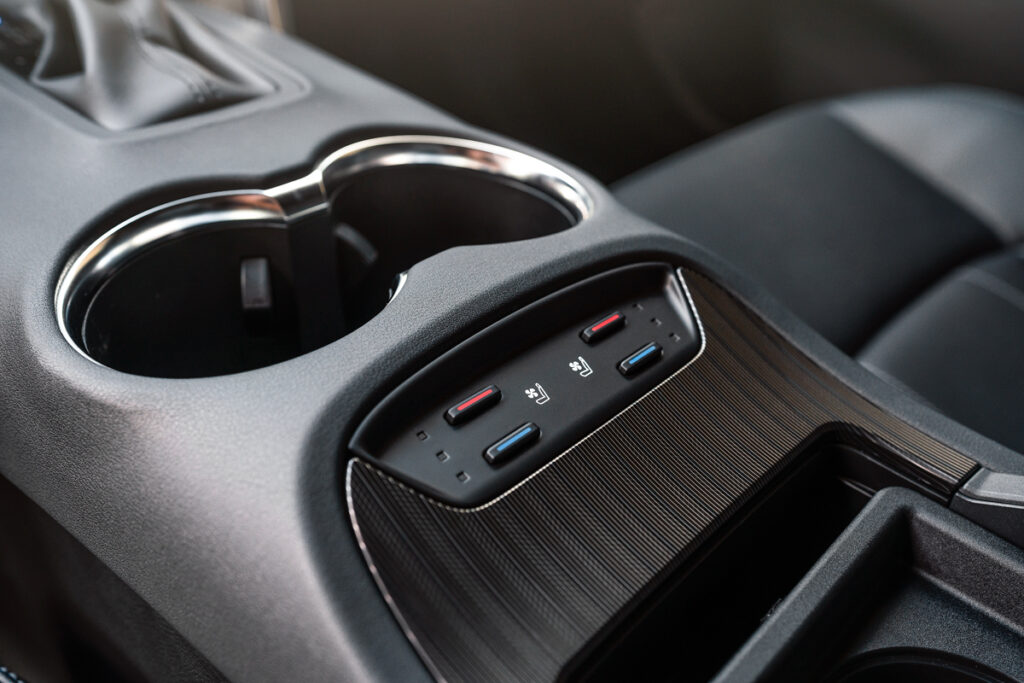
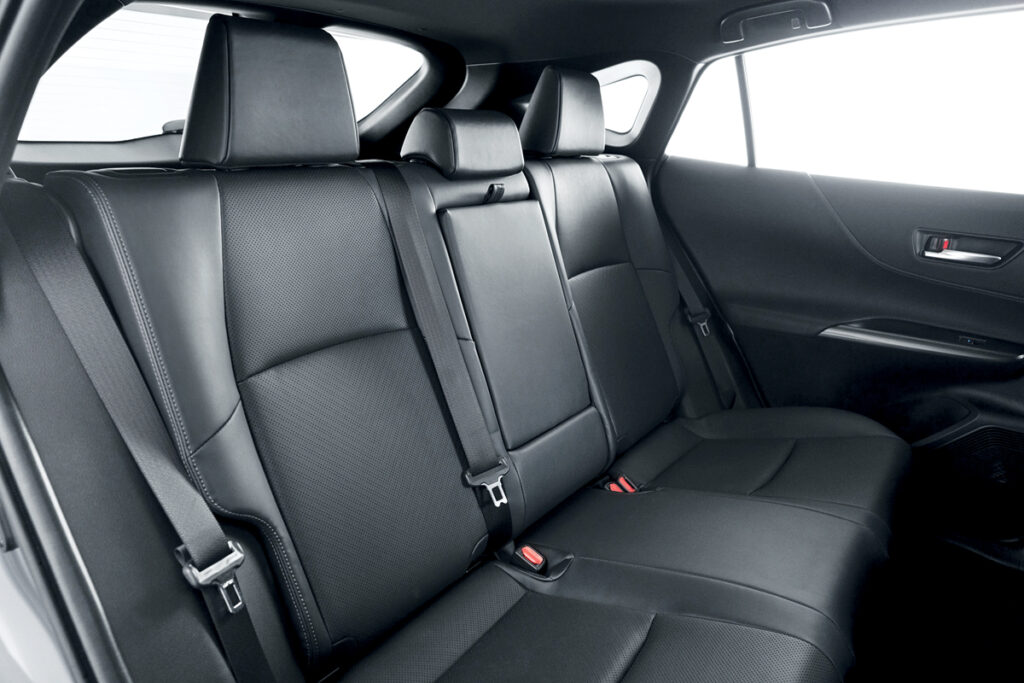
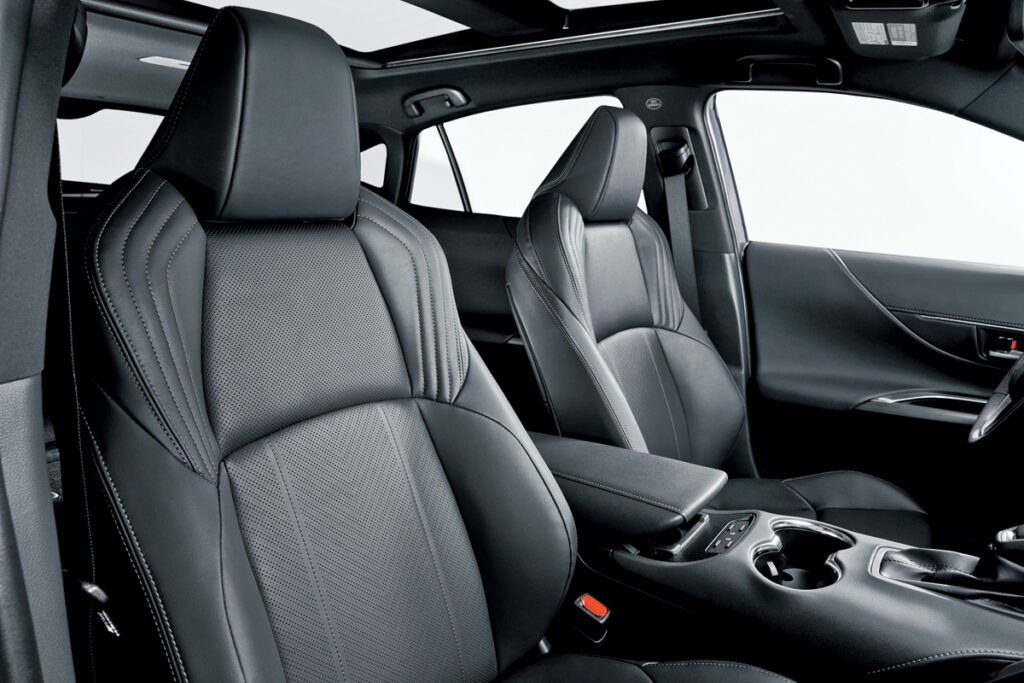
Le bouton de démarrage est docilement dissimulé sous la commande de climatisation, émergeant solitairement de l’emplacement de chargement du téléphone. Il ne peut être atteint qu’avec un bras tendu. Le réglage de la température nécessite une seule pression par degré, que vous utilisiez l’unité de commande de la climatisation ou l’écran tactile central.
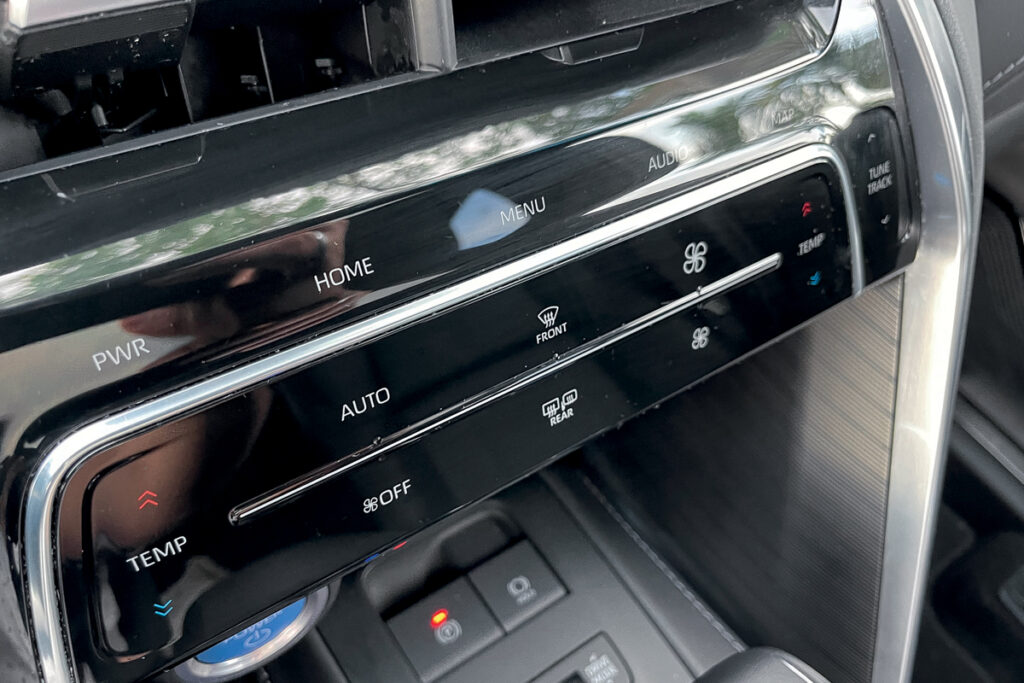
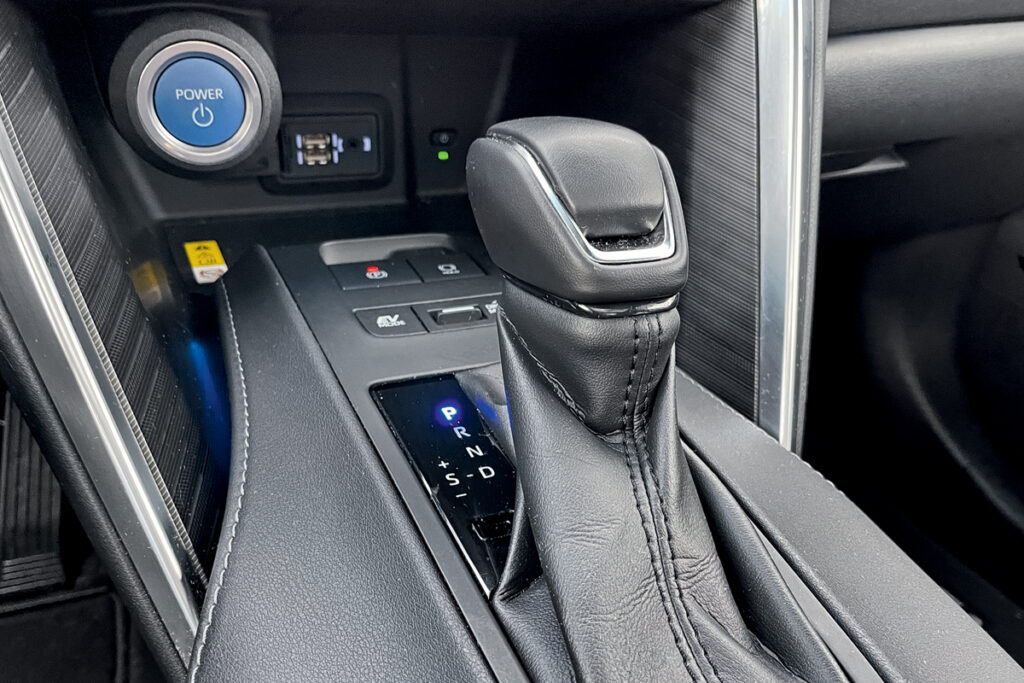
En ce qui concerne le système multimédia, la résolution et les graphismes de Toyota restent en retrait par rapport à la plupart des concurrents. Cependant, il est probablement juste d’appliquer la règle suivante : “Ne vous comparez pas aux autres, comparez-vous à votre ancien moi”. Les progrès sont évidents : les réponses sont vives et les retards minimes. Cela peut s’expliquer par le fait que le processeur n’a pas à travailler trop dur. L’écran peut être divisé en zones et disposé dans n’importe quel ordre, par exemple en rapprochant la fenêtre de navigation du conducteur. En tapant sur l’une des zones, on peut l’agrandir et la rendre dominante. Ce n’est pas mal, mais cela date d’il y a trois ans. En outre, il s’agit d’une longue tradition chez Toyota.

En outre, la Venza dispose d’une caractéristique unique dont peu de véhicules peuvent se targuer : un toit vitré panoramique électrochrome. Il suffit d’appuyer sur un bouton situé près de l’unité d’éclairage pour que le toit presque transparent se transforme en une fenêtre qui semble enveloppée d’un épais brouillard. Un store coulissant est également disponible.
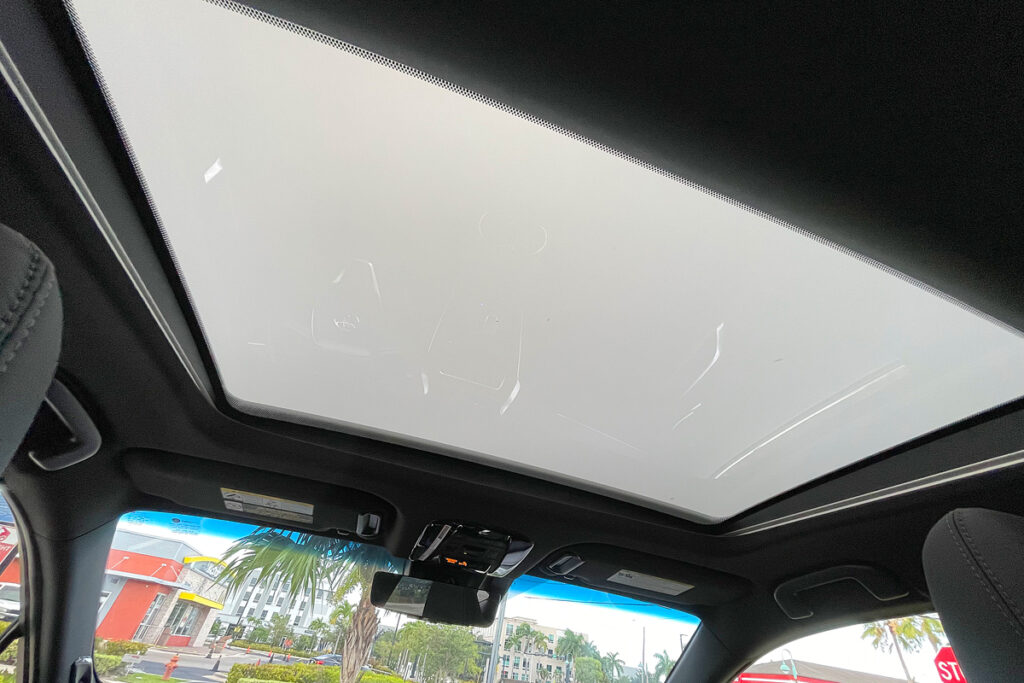
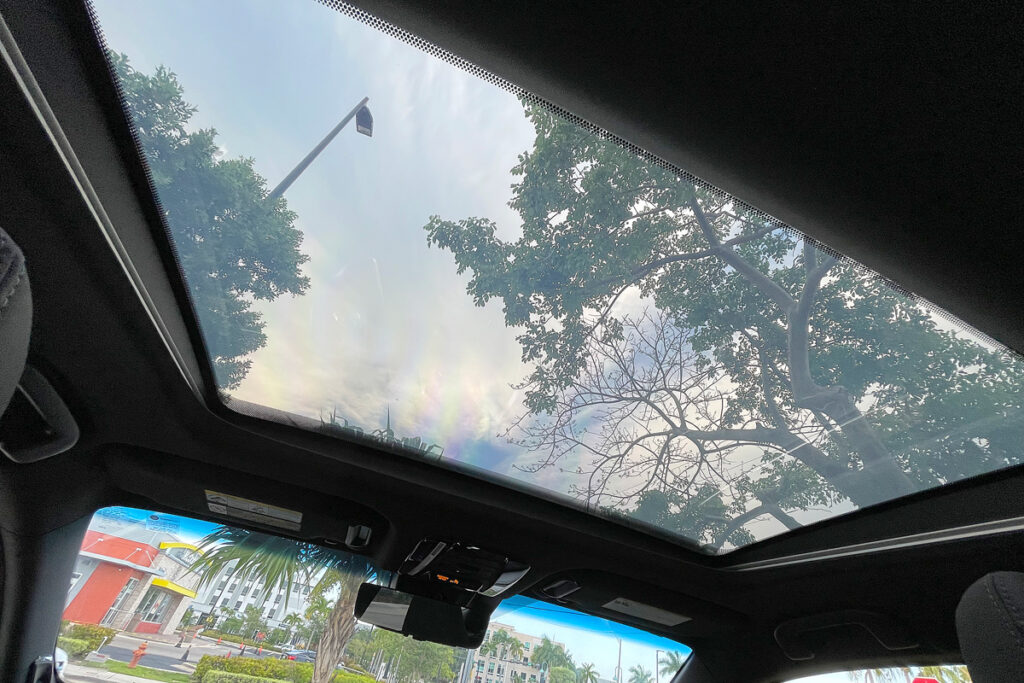
Nous connaissons bien toute la technologie : La Venza est construite sur la plate-forme modulaire GA-K de Toyota (TNGA), qui sous-tend les grands modèles, notamment les générations actuelles de Camry et de RAV4. À l’avant, on trouve des jambes de force McPherson, et à l’arrière, une suspension multibras.
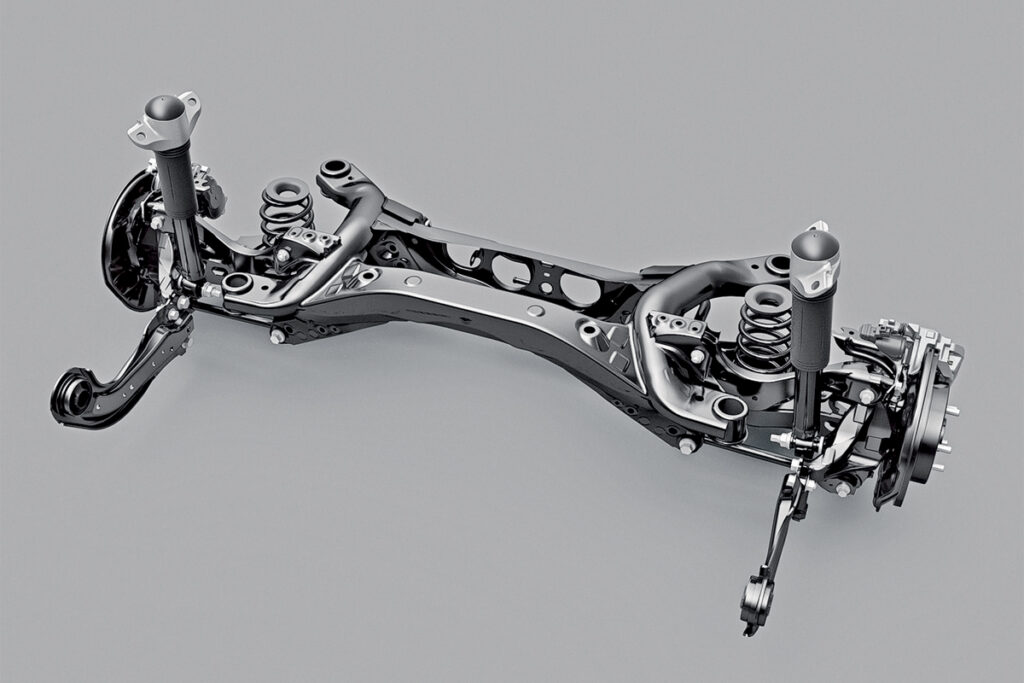
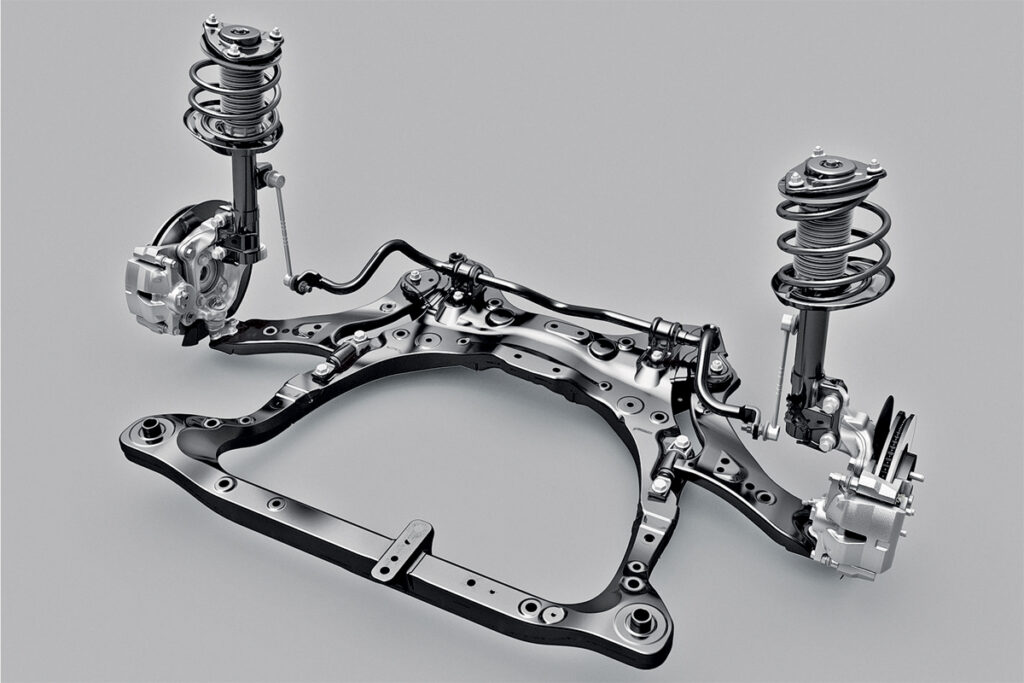
Sous le capot se trouve la seule option de Toyota, une transmission électromécanique à variation continue (CVT) avec un quatre cylindres en ligne de 2,5 litres à aspiration naturelle, tandis qu’un moteur électrique séparé entraîne l’essieu arrière. La batterie nickel-métal-hydrure d’une capacité de 0,9 kWh située sous la banquette arrière sert uniquement à stocker l’énergie, ce qui signifie que la Venza n’est pas rechargeable et ne peut parcourir que trois à quatre kilomètres en mode électrique pur. La puissance combinée est considérable : 222 chevaux, et en mode Sport, la Venza peut être très dynamique, atteignant les 97 km/h en 7,6 secondes selon des mesures indépendantes. Toutefois, ce mode n’incite pas à une conduite agressive : il suffit de passer en mode normal et de rouler à vitesse de croisière.

Parmi les nouvelles fonctionnalités figure la fonction Predictive Efficient Drive (PED), qui analyse l’itinéraire et mémorise les endroits où la voiture freine ou s’arrête fréquemment afin d’avertir préventivement le conducteur de relâcher la pédale d’accélérateur pour économiser du carburant la prochaine fois. En outre, il optimise le système de freinage régénératif, en utilisant davantage le frein moteur dans les descentes. Même sans cette fonction, au cours d’un trajet de trois heures en mode modéré, j’ai facilement atteint une consommation de 40 miles par gallon, ce qui équivaut à 5,9 litres aux 100 km. Pas mal ! Exactement la moitié de ce que consomme ma Lexus RX 350.
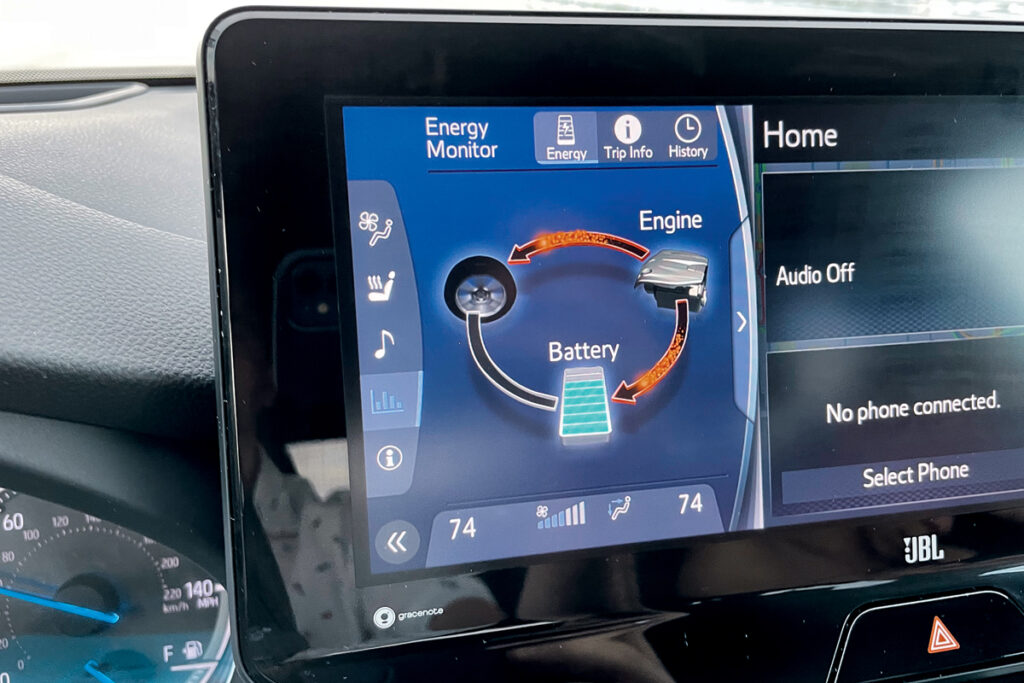
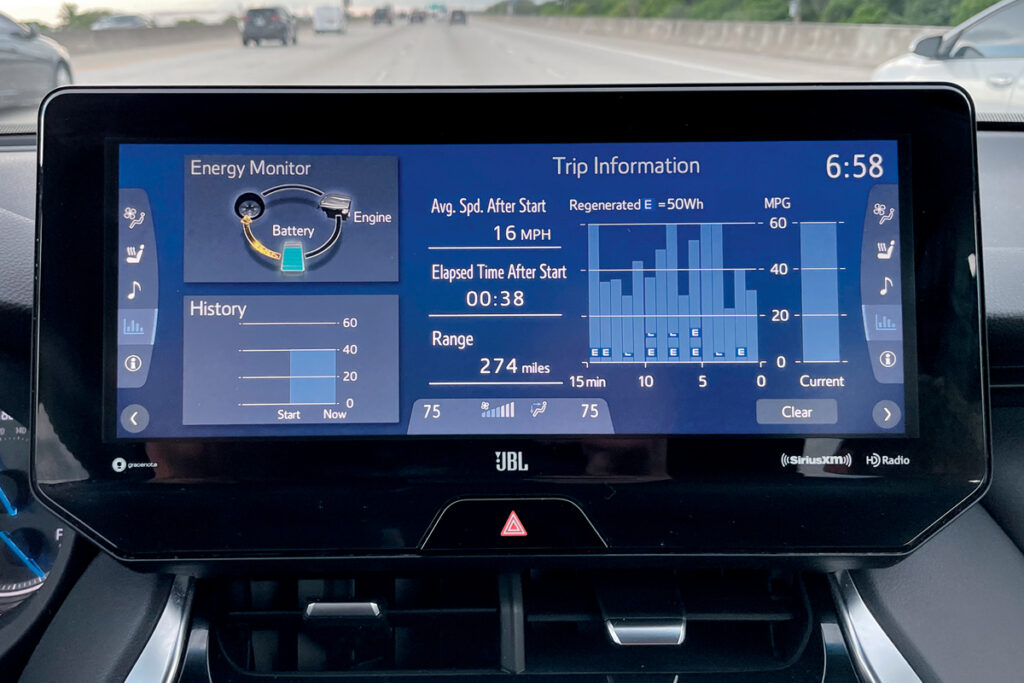
La liste des options comprend également un système électronique ACA (Active Cornering Assist) qui lutte contre le sous-virage lors du freinage dans les virages. Mais là encore, avec un comportement aussi calme, il est peu probable que l’ACA soit enclenché.

Cela est également facilité par une bonne douceur de roulement. Cependant, le bruit aérodynamique au niveau de la fenêtre du conducteur est la première chose que j’ai entendue lorsque j’ai pris l’autoroute. Cela faisait longtemps que je n’avais pas observé cela dans les voitures modernes. Pour le reste, la Venza est silencieuse. Ce n’est qu’occasionnellement qu’elle émet un gémissement électrique semblable à celui d’un tramway, qui rappelle les bruits des films d’horreur.
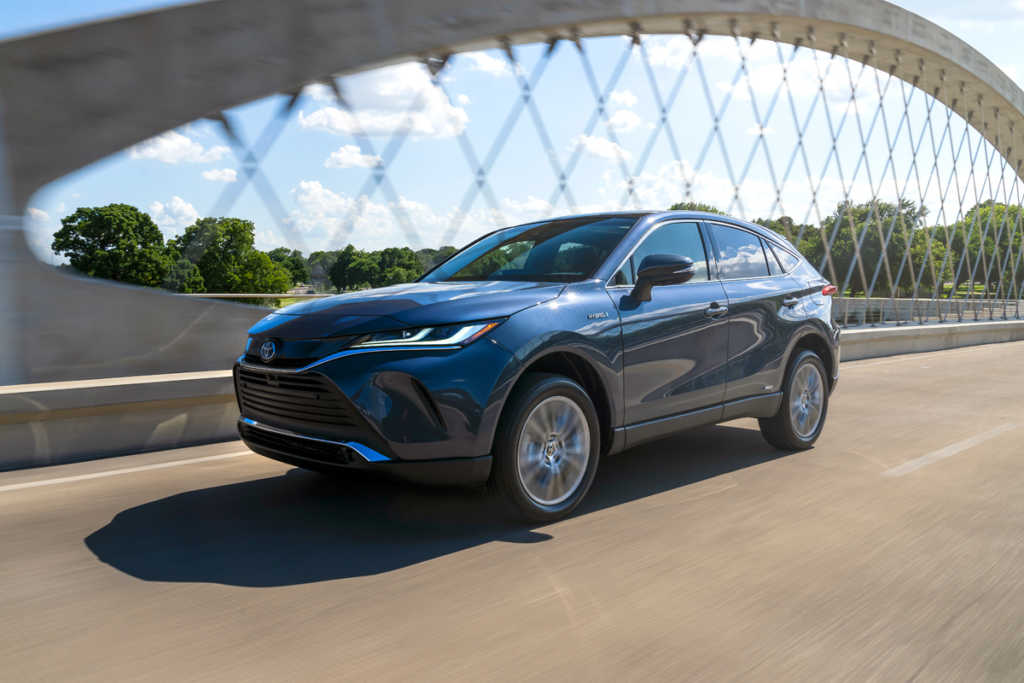
J’ai rendu la voiture, et il n’y a rien à rappeler. Il n’est pas surprenant que si, en 2021, la Venza s’est vendue à 62 000 exemplaires aux États-Unis, un an plus tard, les ventes ont chuté de près de la moitié. Quelle est donc la malédiction familiale de la gamme Venza ? Je pense que c’est le fait que le RAV4, dont le format est très similaire, est initialement plus populaire – et plus abordable. Si le RAV4 hybride aux États-Unis coûte entre 31 225 et 39 530 dollars, la Venza est plus de trois mille dollars plus chère. Et j’ai du mal à expliquer ce que l’on paie en plus.
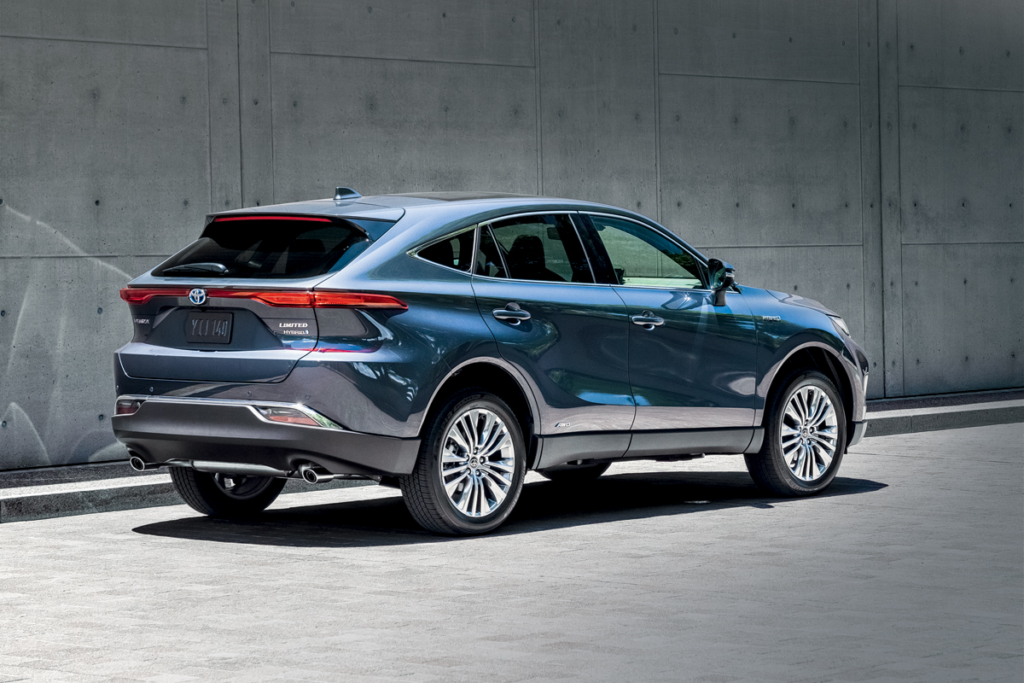
Photos d’Aleksey Dmitriyev et de Toyota
Il s’agit d’une traduction. Vous pouvez lire l’original ici : https://autoreview.ru/articles/pervaya-vstrecha/kotopes

Publié Juin 08, 2023 • 7m à lire

